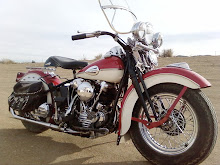If you haven't done so already, it's time to get some insulation on any exposed plumbing. If water lines freeze and you have to wait until it thaws out to get water from that particular spigot, consider yourself lucky. Many times when pipes freeze up the ice will split the pipe. Now it's a problem! I have even seen steel pipe and valve bodies for a hose spigot split.
The worst one that I've seen was a mobile home with no skirting and all the P.V.C. plumbing hanging under it unprotected, uninsulated and it was cold! Later that morning when the ice melted, it was spraying water in just about every direction! If you are in a mobile home, check to be sure your plumbing under it is safe. Re-check annually. Pipe insulation is not expensive and is available at any hardware store.
Any outside spigots should be wrapped all the way over the valve with only the knob/handle exposed. A plywood box with a bit of insulation placed over your spigots is a good way to add an extra layer of insurance against freezing.
Spigots that need to be available every day to water horses or other livestock should be replaced with a "frost free" spigot. The valve in this design is underground and below the frost line so it cannot freeze. When the water is turned off all the water that is above the valve drains back down, leaving everything above the valve empty.
Water pipes can also be protected using electric "heat tape" -- basically a long, flexible heating element that warms the pipes it is wrapped around. They do, however, need to be plugged in and you will most likely notice this on your next electric bill.
All this stuff can cost a bit of time and money, but so does calling a plumber to repair your pipes before you get around to insulating your plumbing.
~SJN
Subscribe to:
Post Comments (Atom)

No comments:
Post a Comment